The next day, we set off early in the morning to explore Antsirabe. We were transported through the city in a typical rickshaw on a short journey. We then went to a zebu horn workshop, where various decorative items and cooking accessories were made from zebu horns.
After visiting a local gemstone processing centre and the local market, we left the town of Antsirabe a little later. Together with our driver Henry, we then travelled towards Andasibe (not to be confused with Antsirabe, everything here has almost the same name). The anticipation for Andasibe was great, because Andasibe is located in the middle of the rainforest, where the famous lemurs live. A species of monkey that only lives in Madagascar.
On the journey there, none of us had any idea that our car would break down twice today.
As we drove towards the Andasibe rainforest, more and more clouds gathered in the sky. Most of the day we had temperatures between 24 - 34°C and then it cooled down quite a bit at night and it was only 14°C. It started to rain a little. It started to rain a little and suddenly a dull, steady noise could be heard on the right-hand side of our car. A tyre had burst in the middle of a steep road. However, we weren't really surprised given the poor road conditions. I only got a little nervous when our driver told us that he had only changed a tyre once in his life. It really was the first time for us. And while our driver and Thomas tried to remove the broken wheel, I made sure that we would never forget this experience and took photos and videos. Everyone does what they can.
Thanks to a kind resident who lived right next to our broken-down car, it worked and we were able to continue our journey after an hour.
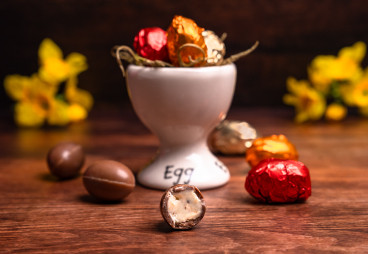
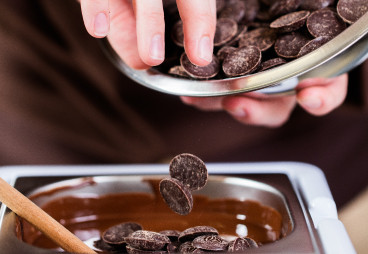
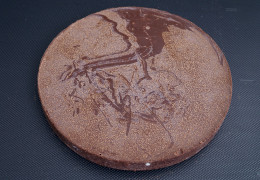
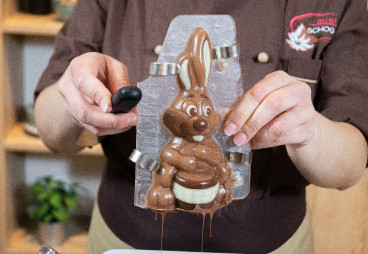
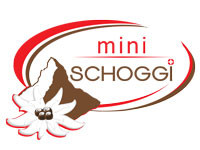
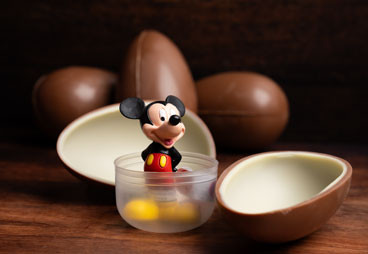






























































Leave a comment
Comments
Madagaskar
By: Petra On 2025-01-27Hallo liebe Rebecca, hallo lieber Thomas,
ich habe Euren tollen Reisebericht zufällig entdeckt . Wir sind gerade dabei unsere Madagaskarreise zu planen. Könnt Ihr uns eine Tipp geben, wie /wo man einen Fahrer organisieren kann ?
Viele Grüße
aus der Pfalz von Petra
Replied by: Thomas Ramseier On 2025-01-27
Reisebericht
By: Margaritta Eccel On 2023-11-13Liebe Rebecca
endlich habe ich deinen Reisebericht in Ruhe gelesen. Er ist unglaublich spannend geschrieben! Die vielen Fotos sind toll, es muss eine wunderbare Reise mit unglaublich vielen neuen Eindrücken gewesen sein.
Vielen Dank das du eure Erlebnisse in diesem wunderbaren Bericht mit uns teilst.
Das verfassen solcher Berichte scheint neben deinen tollen Schoggikreationen,ein weiteres Talent von dir zu sein :-)
Liebe Grüsse, Margaritta
Reisebericht
By: Heidi Knobel On 2023-10-09Grüezi Frau Odermatt,
herzlichen Dank für Ihren spannenden und wunderschön illustrierten Reisebericht. Es hat mich beeindruckt, dass die Madagassen in aufwendiger Arbeit Reis anbauen, selbst aber importierten Reis essen. Persönliche Gedanken - wie die Emotionen aller Beteiligten nach dem Unfall, oder Ihr Reise-Fazit - machen den Text sehr lebendig.
Mir gefallen die schönen Fotos z.B. auch dasjenige mit dem grünen Chamäleon.
Liebe Grüsse
Heidi Knobel
Replied by: Rebecca Odermatt On 2023-10-09
Reisebericht
By: Judith On 2023-10-09Liebe rebbeca,
Ich habe deine schilderungen mit großem interesse gelesen.
Die fotos sind großartig !
Danke für das teilen!
Alles liebe judith
Replied by: Rebecca Odermatt On 2023-10-09
Reisebericht Madagaskar
By: Irene Traversa On 2023-10-08Liebe Rebecca
vielen herzlichen Dank für diesen tollen Bericht. Die Schilderungen waren so faszinierend zu lesen, danke, dass Du uns an eurer Reise teilhaben lässt. Auch die wunderbaren Bilder von der ganzen Reise sind sehr eindrücklich. Vielen Dank dafür. liebe Grüsse Irene Traversa
Replied by: Rebecca Odermatt On 2023-10-09